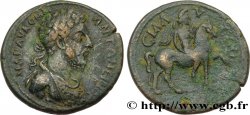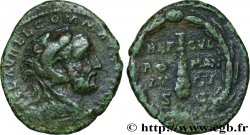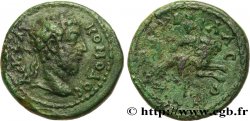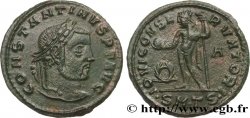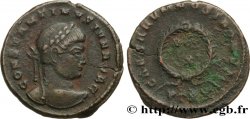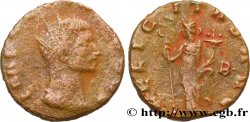E-auction 491-401268 - brm_589812 - COMMODUS Sesterce
You must signin and be an approved bidder to bid, LOGIN TO BID. Accounts are subject to approval and the approval process takes place within 48 hours. Do not wait until the day a sale closes to register. Clicking on « bid » constitutes acceptance of the terms of use of cgb.fr private e-auctions.
Bids must be placed in whole Euro amounts only. The sale will start closing at the time stated on the item description; any bids received at the site after the closing time will not be executed. Transmission times may vary and bids could be rejected if you wait until the last second. For further information ckeck the E-auctions F.A.Q.
NO BUYER'S FEE.
NO BUYER'S FEE.
| Estimate : | 70 € |
| Price : | 40 € |
| Maximum bid : | 40 € |
| End of the sale : | 12 September 2022 14:16:00 |
| bidders : | 6 bidders |
Type : Sesterce
Date: 188
Mint name / Town : Roma
Metal : bronze
Diameter : 26 mm
Orientation dies : 6 h.
Weight : 16,91 g.
Rarity : R2
Officine: 2e
Coments on the condition:
Flan court, centré. Joli revers. Patine verte, légèrement terreuse
Catalogue references :
Obverse
Obverse legend : M COMMODVS ANT - P FELIX AVG BRIT.
Obverse description : Buste lauré de Commode à droite, drapé sur l’épaule gauche (O*2).
Obverse translation : “Marcus Commodus Antoninus Pius Felix Augustus Britannicus”, (Marc Commode Antonin pieux heureux auguste vainqueur des Bretons).
Reverse
Reverse legend : [P - M TR P XIII IMP - VIII COS V P P]/ S|C// FOR RED.
Reverse description : Fortuna (la Fortune) drapée assise à gauche, tenant une gouvernail de la main droite posée sur un globe et une corne d’abondance de la main gauche.
Reverse translation : “Tribunicia Potestate tertium decimum Imperator octavum Consul quintum Pater Patriæ// Fortunæ Reduci”, (Revêtu de la treizième puissance tribunitienne et de la huitième acclamation impériale consul pour la cinquième fois// Le retour de la Fortune).
Commentary
Poids léger. Rubans de type 3. Ce type de buste avec pan de paludamentum sur l’épaule (O*2) n’est pas recensé par W. Szaivert (MIR. 18). Le pan de paludamentum est visible des deux côtés.







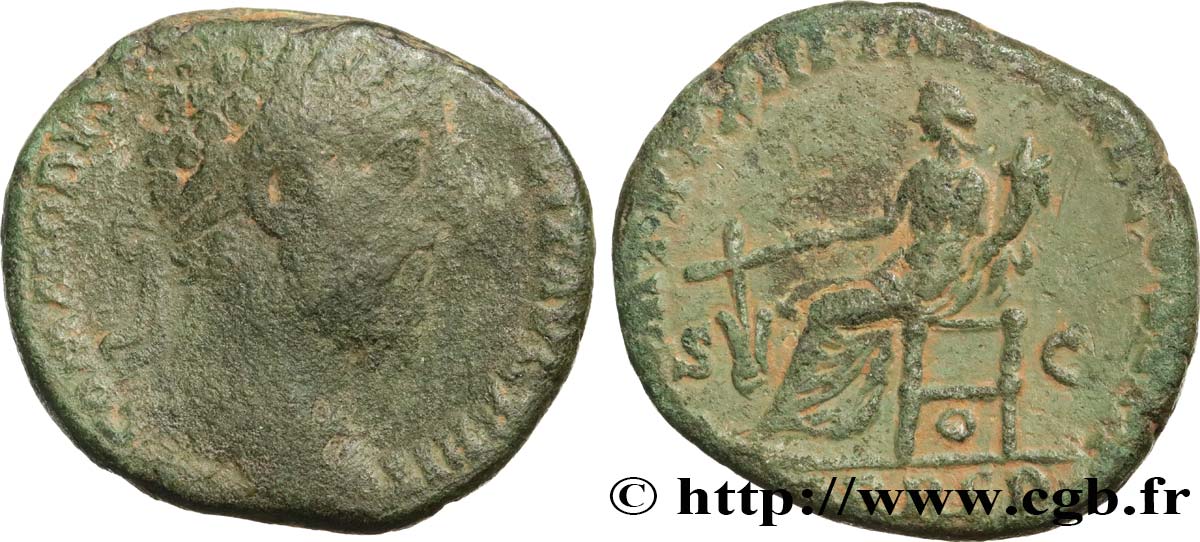
 Report a mistake
Report a mistake Print the page
Print the page Share my selection
Share my selection Ask a question
Ask a question Consign / sell
Consign / sell
 Full data
Full data
